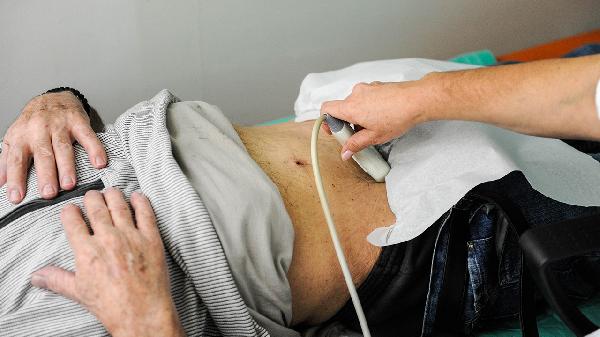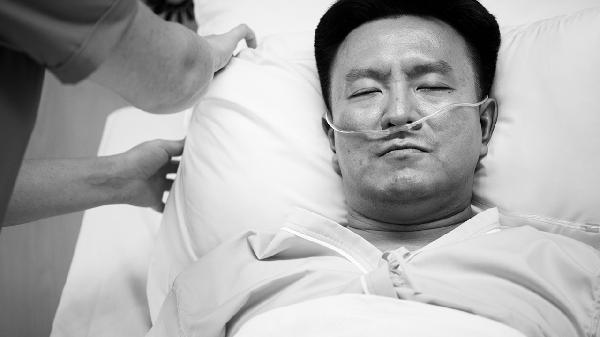What are the symptoms of non-gonococcal urethritis? This condition refers to a urogenital system infection characterized by clinical manifestations of urethritis, though no gonococci are detected in smear or culture of secretions. Since female patients may experience not only urethritis but also cervical inflammation, it is also termed "non-specific genital infection (NSGI)." It is primarily caused by Chlamydia trachomatis or Ureaplasma urealyticum infections, and in rare cases, by Trichomonas vaginalis, Candida albicans, or herpes simplex virus. It is one of the common sexually transmitted diseases.

Clinical Symptoms:
1. The incubation period of non-gonococcal urethritis is 10-20 days.
2. The onset is less acute than gonorrhea, with symptoms being prolonged, fluctuating in severity, though generally milder. About 50% of patients experience symptoms like painful urination and urethral itching, which are often missed during initial diagnosis. In males, symptoms include urethral discomfort, itching, burning, or stinging, urethral redness, and discharge, which is often serous, thin, and may cause "crusting" in the morning. In females, symptoms manifest as cervical inflammation and erosion, increased discharge, presence of segmented white blood cells in cervical secretions (over 10 per high-power field), vaginal and vulvar itching, and lower abdominal discomfort. Note: Some patients may be asymptomatic or have atypical symptoms, leading to missed diagnosis. Cervical secretions often contain numerous segmented white blood cells (over 10 per high-power field).
3. Urethral discharge is scant, thin, mucoid, or mucopurulent. After prolonged periods without urination (e.g., in the morning), a small amount of thin discharge may overflow from the urethral opening. Sometimes, it only presents as a morning crust sealing the urethral opening or soiling underwear. During examination, slight discharge may only appear after milking the anterior urethra from back to front. Some patients may have symptoms without discharge or vice versa.
4. It often co-infects with gonorrhea. Gonorrhea symptoms appear first, and after treatment with anti-gonococcal therapy, gonococci are killed by penicillin, but chlamydia and mycoplasma persist, leading to symptoms 1-3 weeks later. Clinically, this is easily mistaken for incomplete treatment or recurrence of gonorrhea.
5. Improper or delayed treatment can lead to complications in 1% of cases, such as acute epididymitis, prostatitis, colitis, pharyngitis, female cervicitis, cervical erosion, Bartholin’s glanditis, vaginitis, salpingitis, pelvic inflammatory disease, ectopic pregnancy, and infertility.
6. Newborns passing through an infected birth canal may develop conjunctivitis within 3-13 days, with mucopurulent eye discharge or no discharge. The cornea is rarely affected. Pneumonia may develop 2-3 weeks after birth, characterized by progressively worsening symptoms and rapid breathing, but without fever. Half of these infants may also have conjunctivitis.
7. A very small number of patients may develop Reiter's syndrome: urethritis, arthritis, keratitis, conjunctivitis, and rash.
























